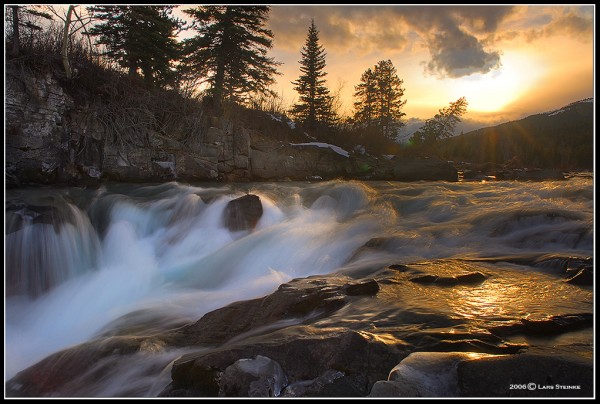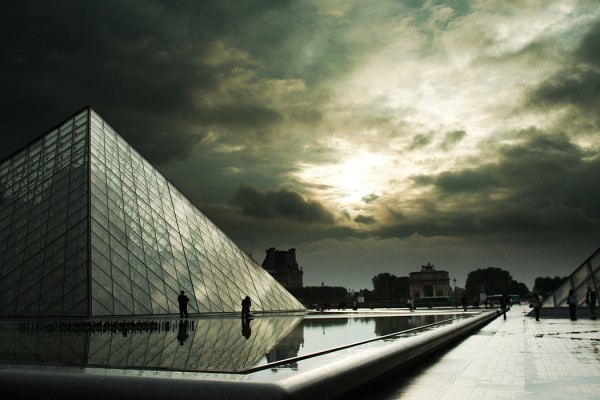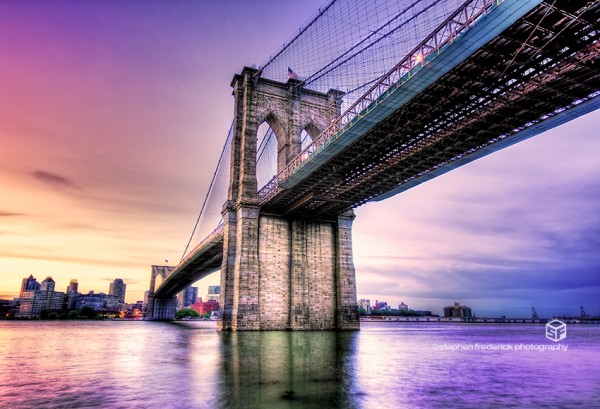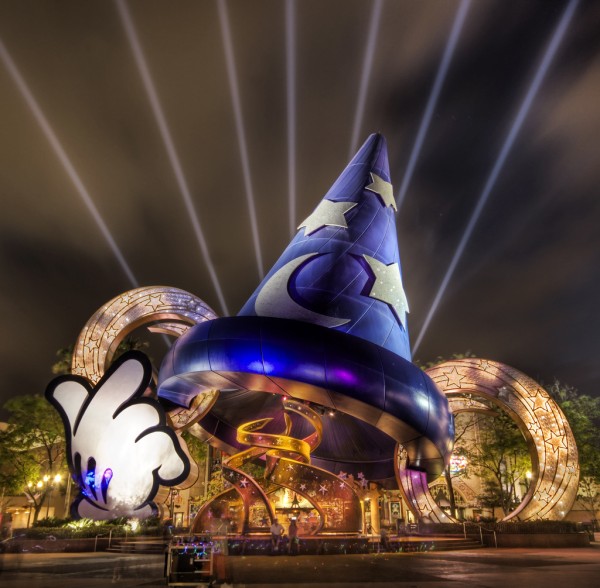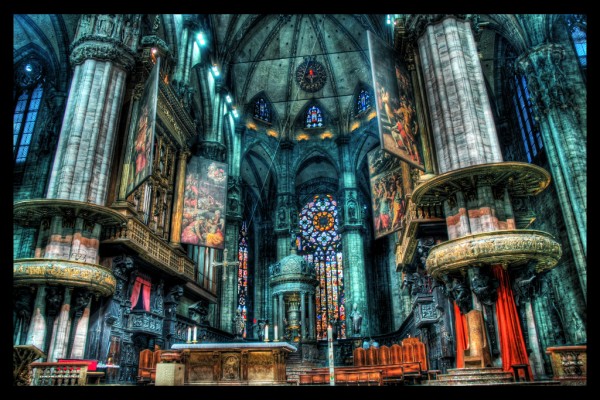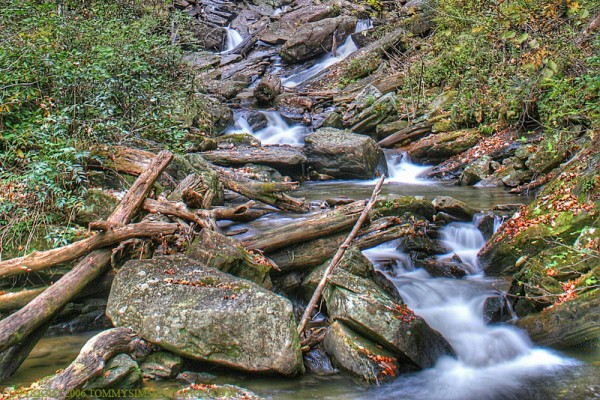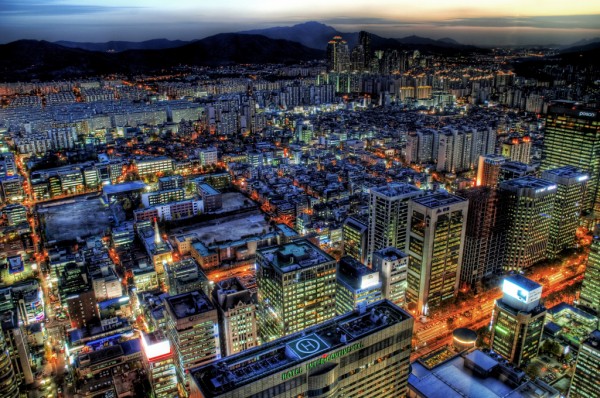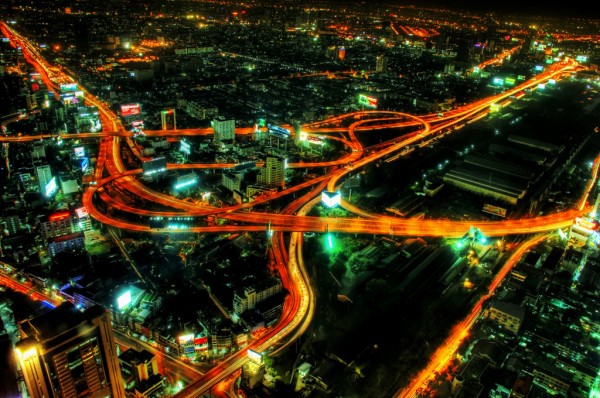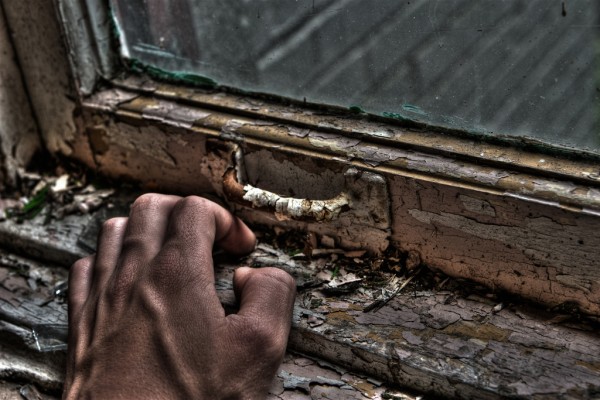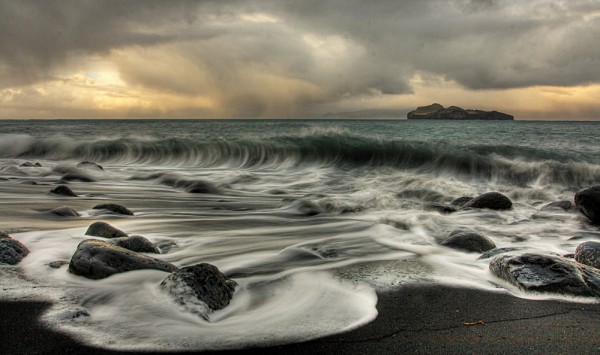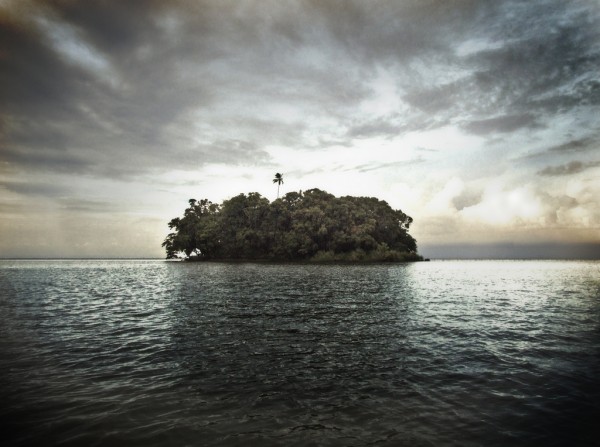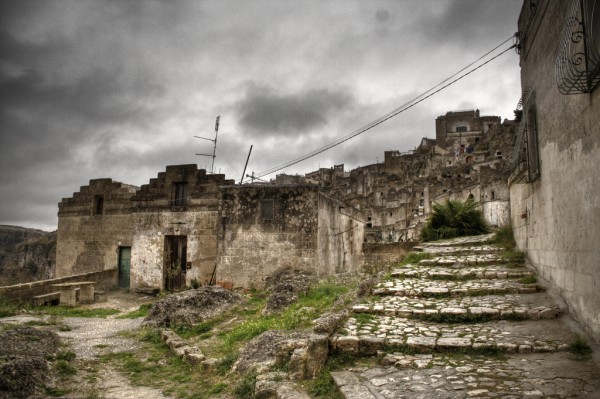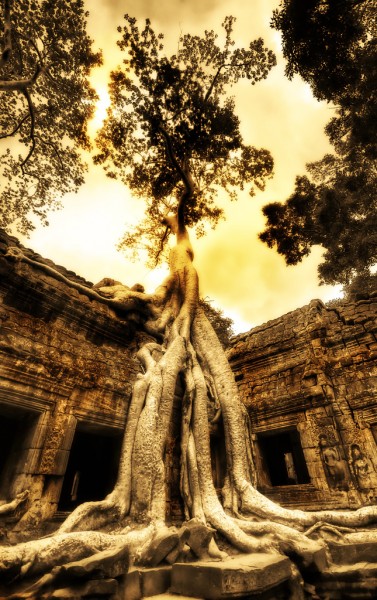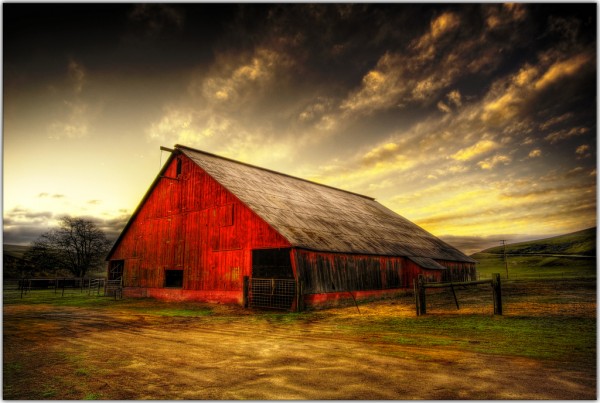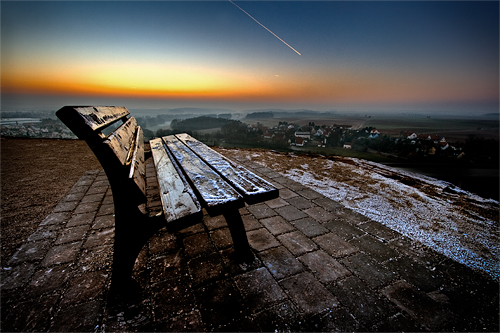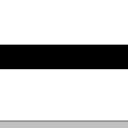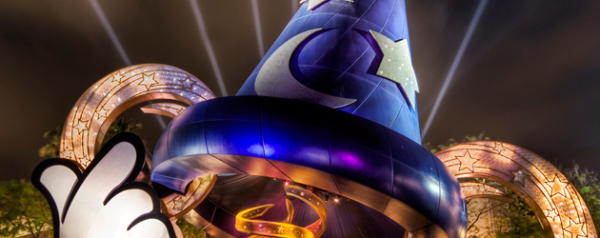by Steve Tolley
This tutorial is very interesting and useful,
It is how to fake a HDR image using Photoshop and only one image! Easy to follow
with a good outcome/end product.
Fake HDR in Photoshop
Maybe you love photos which looks like painting, maybe you hate it. Anyway it can be useful to know, how to do it. This tutorial shows quite easy way to fake HDR photos in Photoshop. You don’t need to shot into RAW or take photos with different exposure - one JPEG is enough. If you can work with masks in Photoshop, you have an advantage.
The most important is first step, it is base of HDR look made in Photoshop. Use command image > adjustment > shadow/highlight and set up values: shadows amount:50%, tonal width 45%, radius 44px; High-light amount 67%, tonal width 65%, radius 46px;

Duplicate layer “base” and set up its layer interaction to Color Dodge. This interaction gives picture strong colors and cause that light areas turn into pure white. In next step it will be repaired by another layer interaction.

Do the same thing as in the second step, but layer interaction is set up to Linear Burn now. You can see big black area in picture, it has to be elimated. Set up foreground color to black and use command select > color range, fuziness should be set to around 100. Now click on red marked icon, new layer mask will be added and black will disapear. There are some ugly artefacts in the picture, to remove them, click on layer mask and use gausian blur filter.

Fourth step is easy, it profits from third step. Just duplicate layer “linear Burn”, set its interaction to Overlay, select layer mask and pres ctrl+i (invert). This interaction darken too much light shadows and raise contrast. Layers and its interactions are very powerfull tool in Photoshop.

Now it’s time to adjust picture look, try to experiment with layer opacity. Optimal values are about 40% for layer “Overlay” and 55% for layer “Linear Burn”.

Set up foreground color to white and use command select > color range with fuziness set up around 100. “Crawling ants” will appear around light areas. Duplicate “base” layer and move it up, then click on icon add layer mask. Select layer mask and soften it by gausian blur filter.

The last step colorize picture into red tones. Click on red marked icon and select from menu gradient map. This layer adjustment tools modify image colors according to defined gradient. There is a model gradient at the right border of picture. Load selection from layer mask of layer “light”, invert it (select > invert) and click on add layer mask icon. Set up interaction of layer “colorize” to Hard light and finaly set opacity to 72%.

I use some other adjustmenst to achieve this look. For example I fill white areas by photoshop generated clouds - filter > render clouds.

Tutorial From: http://www.hdrphotos.net
